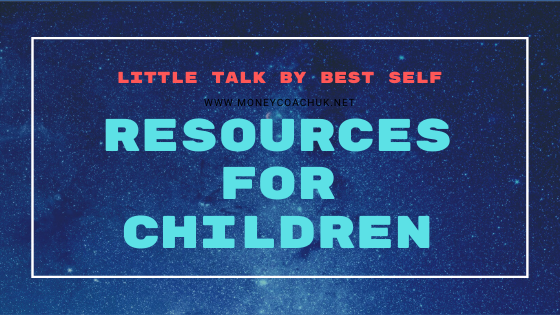Lockdown over a long easter weekend really allowed me to find time to go in depth and teach our daughter things that I wouldn’t otherwise have time to do. It’s time I really appreciated and was very grateful for.
With the amount of ‘resource’ available to children, some may find it easy to let youtube teach them things. But here are some things you can teach your children about money!
Depending how old your child is, here are a number of great ways to educate them on numbers and the economy:
- For younger children; use an abacus:
- If you do not have an abacus, you can find one here
- If you do not know how to use an abacus yourself – there are plenty of youtube tutorials
- This is useful because it helps form the basis of their counting and shows visually the difference between different denominations of coins / notes.
- Use this alongside actual money to show how they add together and what they represent.
- Use INTERACTIVE apps on your tablet:
- The key here is the word interactive. Youtube videos are the least effective method of teaching since if you listen and view something, it has the lowest impact.
- If you interact with the information in someway, it has a much larger impact – this is kinaesthetic learning.
- Apps like Osmo provide a great way of interactive learning and a much valued resource when it comes to anything – whether it be numbers, words or coding. Depending on the age of your child you may want to sit with them and walk through the games with them. Click the picture below to find out more!

- Make a piggy bank / money jar
- Use the spare coins or change to add money regularly into a piggy bank – at the end of each week or month, open it up and count what is in there. It shows the accumulation of money – link this to a reward if necessary and give the option to either continue saving or buying the item when the funds accumulate.
- More complex versions of this is to have more than one piggy bank – each with a different upside/downside (i.e. gain or losing money by a certain amount each week). Check out the resources section later this week for a downloadable version of this.
- A less complex version is to substitute actual money for something else – like buttons, shells, counters or beads and count them into a jar each week.
- Don’t use complex words
- Don’t use words like ‘interest’, ‘compounding’ etc. Show how the money grows and let them give you a word to describe what is happening. This helps them understand the situation using their own imagination rather than it being rigid – there is plenty of time to adjust for correct terminology later – the aim is to convey the idea of what is happening rather than to get them ready for an exam.
- Explain how money flows around the economy in simple terms
- Generally, money flows through the economy from business, to employee, to households and back to businesses. I will be providing a simple worksheet for this later in the week!
Harnessing a good relationship with money for your children begins with the things they hear you talk about. More on that in tomorrow’s blog




Recent Comments